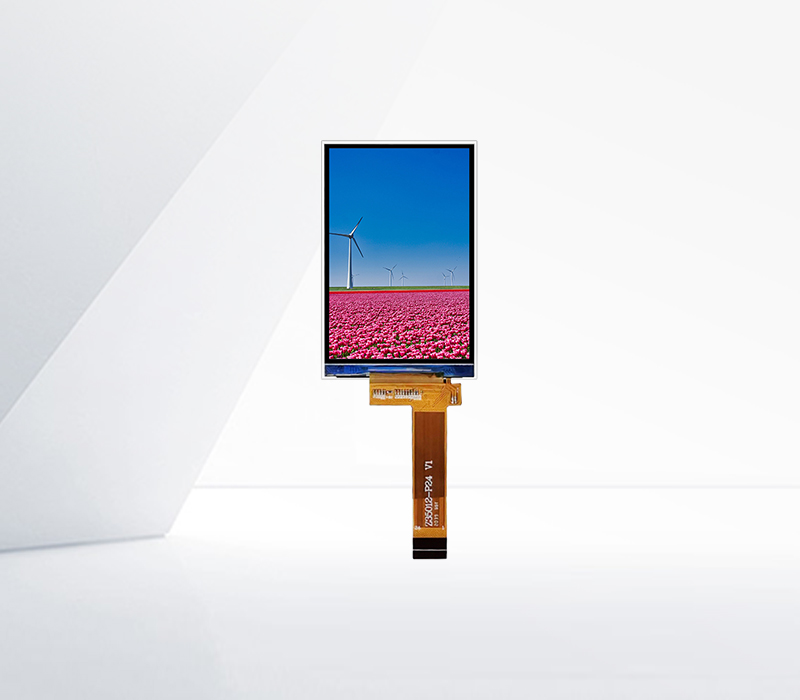




Waterproof LCD displays are designed to function in environments where exposure to water is a concern. These displays have special features and construction methods to ensure that water does not damage the internal components and that the display continues to operate reliably.
To achieve water resistance, waterproof LCD displays are typically sealed using various techniques. The enclosure of the display is made of water - tight materials, such as special plastics or metals with rubber gaskets. These gaskets create a tight seal around the edges of the display, preventing water from seeping in. The connectors and ports on the display are also designed to be waterproof, often using sealed connectors or covers.
The liquid crystal display components inside the waterproof enclosure are also carefully selected and protected. The liquid crystal layer, polarizing filters, and backlight are all designed to withstand moisture. In some cases, additional coatings may be applied to the internal components to further protect them from water damage.
Waterproof LCD displays are used in a variety of applications, including marine electronics, outdoor security cameras, and industrial equipment in wet environments. In marine electronics, such as boat navigation systems and fish finders, waterproof LCD displays are essential. Boats are constantly exposed to water, and the displays need to function properly even in rainy conditions or when splashed with seawater. In outdoor security cameras, waterproof LCD displays are used for the camera's viewfinder or for displaying live video feeds. These cameras are often installed in outdoor locations where they may be exposed to rain, snow, or dew. In industrial equipment used in wet environments, such as food processing plants or car wash facilities, waterproof LCD displays are used for control panels and status monitors. The waterproof design ensures that the equipment can be operated safely and that the display remains visible and functional despite the presence of water.
